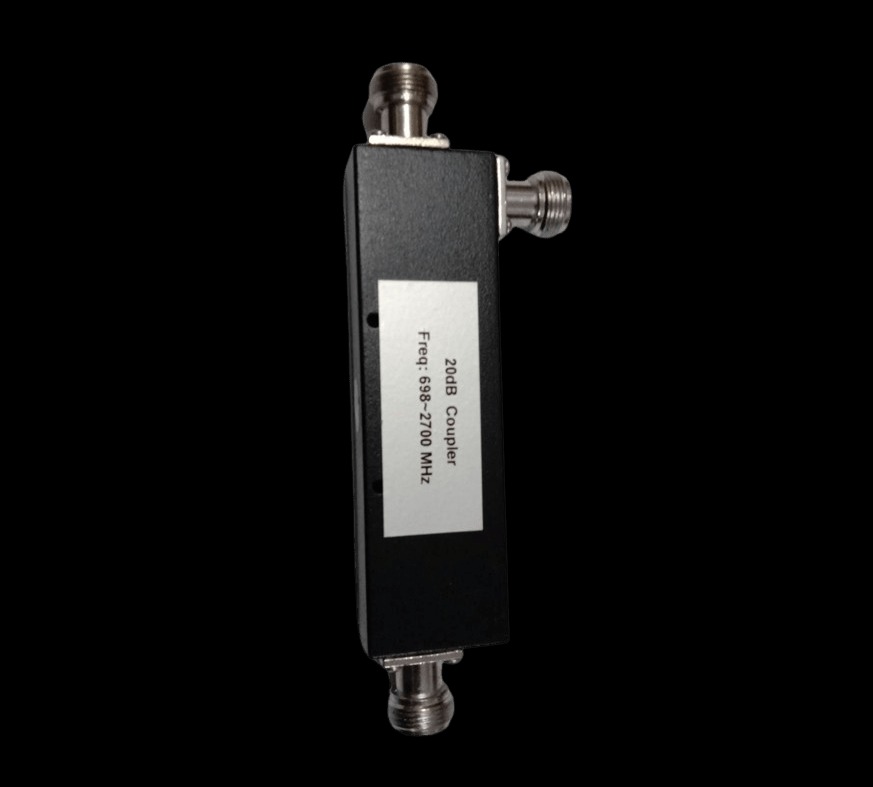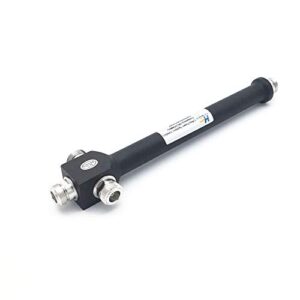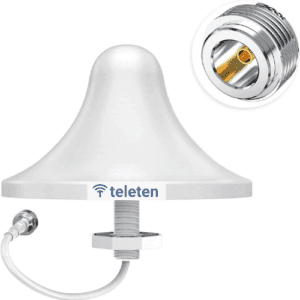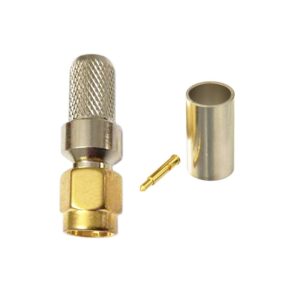Frequency Range: 698 MHz to 2700 MHz
This range includes many important communication frequencies, covering parts of the cellular and Wi-Fi bands.
Coupling Factor: 20 dB
This indicates that the output signal is attenuated by 20 dB relative to the input signal. Practically, this means the coupled signal is approximately 1/100 of the input signal power.
Directivity: Typically 15 dB to 20 dB
Directivity measures the isolation between the input and the coupled output. Higher directivity values imply better isolation and reduced signal leakage between these ports.
Insertion Loss: Typically 0.5 dB to 1.0 dB
Insertion loss represents the power loss incurred when the coupler is inserted into the signal path. Lower values are preferable, indicating minimal signal attenuation.
Return Loss: Typically 15 dB to 20 dB
Return loss is a measure of how well the coupler matches the impedance of the transmission line. Higher return loss values indicate better impedance matching and less signal reflection.
Power Handling: Typically 10 W to 50 W
The maximum power the coupler can handle without damage. This can vary based on the design and construction materials used.
Connector Type: N-type Female
The coupler uses N-type female connectors, which are durable and designed for high-frequency applications. They are threaded for a secure connection with male connectors.
Construction: Generally constructed from high-grade materials such as aluminum or brass with a high-quality dielectric material (e.g., PTFE)
The choice of materials affects the coupler’s performance and durability.
Dimensions: Varies by model
The physical dimensions will depend on the specific design of the coupler. Ensure that it fits within the physical constraints of your setup.
Environmental Conditions:
Temperature Range: Typically from -40°C to +85°C
Humidity: Generally up to 95% non-condensing
Key Considerations:
Accuracy: A 20 dB coupler provides a more substantial signal sample compared to lower dB couplers, making it suitable for applications requiring more significant signal attenuation for accurate measurement.
Signal Integrity: With a high directivity and low insertion loss, this coupler maintains signal integrity and minimizes interference between the input and coupled outputs.
Application Suitability: Ideal for use in environments where precise signal monitoring or splitting is needed, such as in network testing, signal analysis, or power measurement systems.





